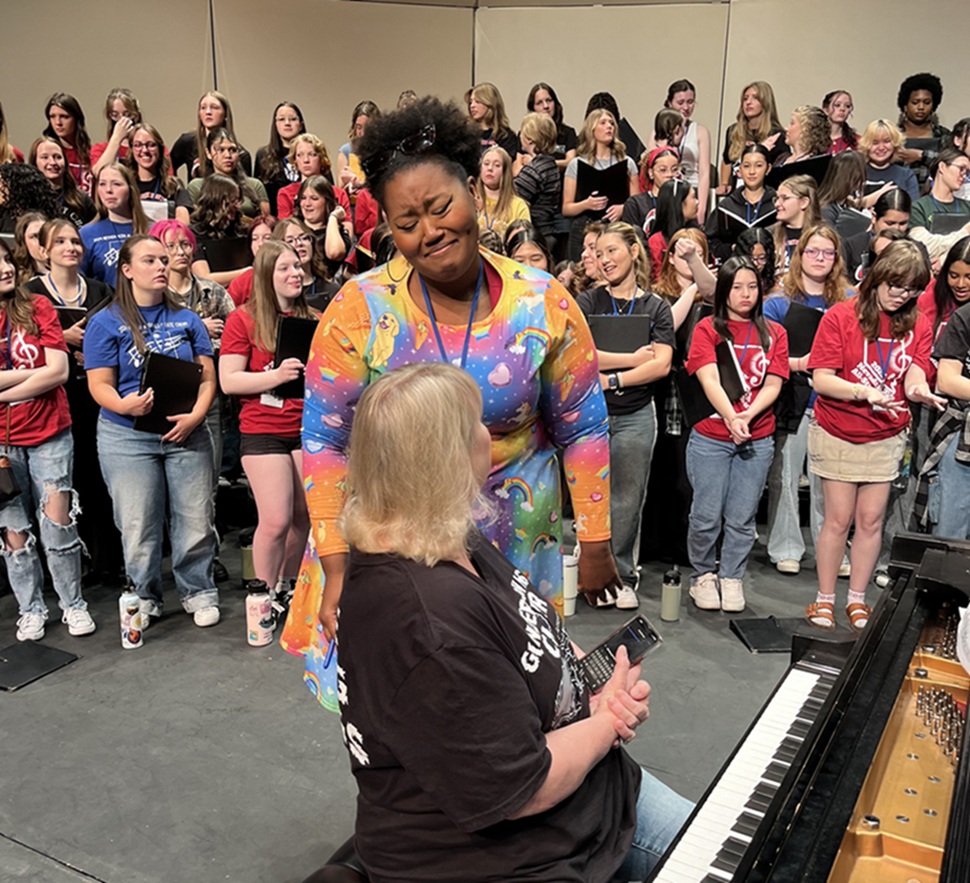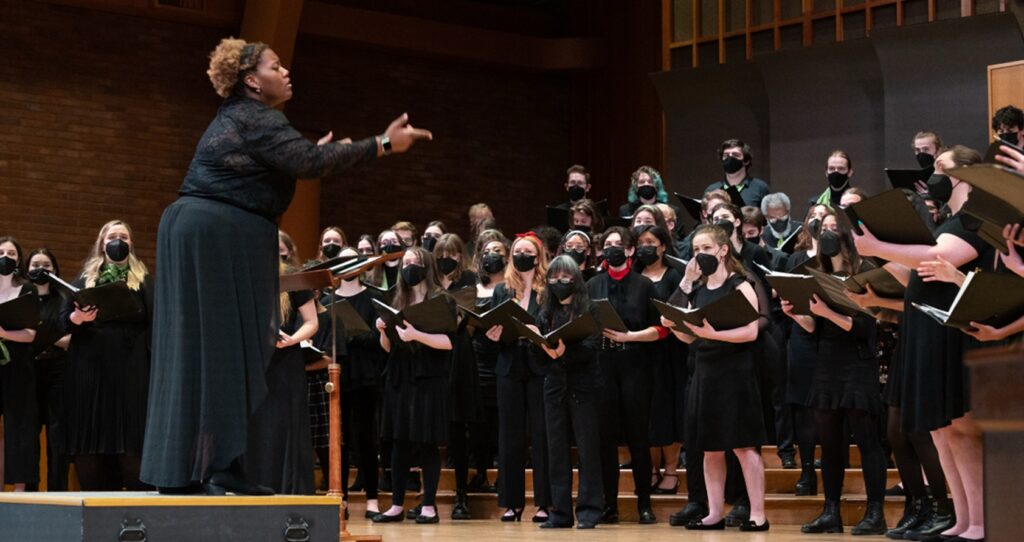Tagged Under:
How to Design a Marching Band Show
Good show design is an asset to any band program. Don’t get lost in the pursuit of excellence. Focus on delivering a positive and life-changing marching arts experience to your students!
When designing a marching band show, there are countless choices that a director must make. From the big picture to the most granular detail, all these decisions come together into a production that will serve as a major curricular component for the students in your program.
Designing a marching show is daunting. The guiding principle for any director going through the design and decision-making process should always be: “Does this serve my students and their music education?” Directors who keep this question in mind will be able to help their students through a meaningful and usually more successful marching season.
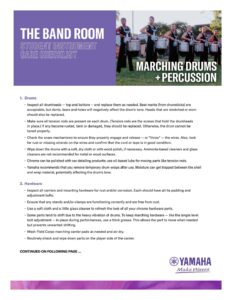
Download this Yamaha Marching Drums and Percussion Care Checklist for Students now!
Early Decisions: Budgets and Your Design Team
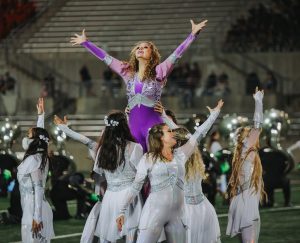
It’s never too early to begin designing the next season’s show! Early decisions that are critical in setting up your design process include budget assessment and putting together a design team (the people who will work on your production). Have a conversation with the stakeholders in your community, whether they are boosters or the administration, to ensure that you know the available funding as you begin to make choices for your program’s future.
When you know the funding situation, begin putting together your design team. Some of these roles can be done by the band director or other staff members at your school, and some or all of them may be handled by outside professionals who specialize in marching band. Not every school will need entire teams of designers to put together a show. Many groups find pre-commissioned or stock music arrangements, flags and costumes to make “budget-friendly” productions. Many band directors take on the program coordinator role or write the music or drill “in-house” with a staff member. Below is a list of marching band design team positions that are becoming increasingly common.
- Program Coordinator —The individual who works with the director to maintain timelines, manages and coordinates with other designers and vendors, and keeps a “bird’s-eye view” of the production, allowing band directors to focus on the day-to-day operation and instruction of the program.
- Music Arranger (winds and percussion) — Designers who write or arrange the music performed by the students. There are typically two arrangers for custom arrangements: a wind arranger and a percussion arranger.
- Drill Writer — A designer who charts the drill for the production and manages staging considerations, drill numbers and props.
- Sound Designer — An arranger or technician who specializes in the electronic layer of marching bands through software like Mainstage or Ableton. Often this is someone who works with electronic instrument hardware or writes specifically for MIDI-controlled instruments.
- System Designer — A person who helps setup the sound system, wiring microphones for front ensemble instruments and wind soloists. This person will often work on EQ and balance throughout the season. If you plan to use an electronic layer, this is the best way to minimize show day disasters.
- Choreographer — A designer who works on implementing choreographic production to a marching show. Either through work with a color guard or the use of “band body,” this person can elevate your production and enhance the musical-to-visual connection.
- Aesthetic (Graphic) Design — A person or persons who work on creating the imagery associated with a marching show. This could be a graphic designer who creates the images on guard flags or props or a builder who designs and builds a stage.
Custom vs. Stock Materials
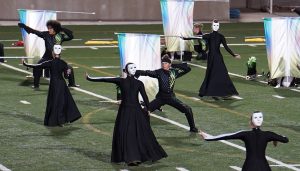
One of the significant considerations a band director must make when designing a marching band show is the amount of custom versus “stock” materials to use. The most important artistic consideration should be ensuring that all pieces come together to form a cohesive and coordinated vision.
Many vendors, from music arrangers to flag companies, offer materials that are pre-made and ready to ship to help you design your show. In the case of music, arrangers will often make adjustments to previous arrangements in order to better fit your band. These budget-friendly options are great to consider! The challenge in using these materials is creating a coordinated or cohesive production with pieces from different shows.
Custom arrangements, flags and costume design are often amazing ways to have control of every aspect of your production, and they give your students a unique experience in their music education. However, they are generally more expensive than stock materials.
It is fine mixing and matching custom and stock show materials. Just make sure that everything works together to convey the vision of your show!
Content and Concept
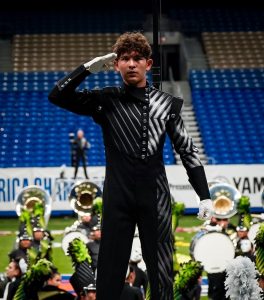
Once you have your design team in place and know what direction you want to take your program, it’s time to choose the content and settle on a concept for your show. This is the creative and artistic aspect of the marching activity and can come from anyone or anywhere! Often, design teams will get together and brainstorm ideas, or a single coordinator or director may pitch a concept as a conversational starting place. When making decisions on content and concept, keep a few things in mind:
- Is this music “worth” playing? — Students will be spending many hours working on this music. Make sure that it has artistic and educational importance!
- Will my students enjoy this product? — Cultivating student buy-in is essential and understanding what they enjoy can be a significant step in choosing content that will get them to want to work hard for you!
- Will my community enjoy this product? — Will your students’ parents be excited to see the show? What about the football game crowd? Sometimes, we risk alienating some of our biggest supporters in an attempt to be “artistic.” Remember that art is what you make of it and having these stakeholders in your corner can be a big factor in your success!
- Will the staff and directors enjoy this product? — You will be working on this production for months. Make sure that the tone is something that you will be excited to teach! Some people enjoy music that is dark and ominous, while others enjoy music that is light and happy! Don’t discount these tastes when making decisions for your program!
Navigating the “Business” of Marching Band
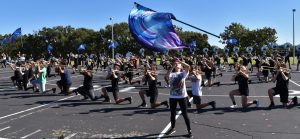
After you have put the big pieces in place for the creative aspect of your marching show, you need to get down to the business of producing it. Communication is key, ensuring that all designers, vendors and everyone involved with your production are on the same page and moving toward delivering the product. There is no such thing as overcommunication regarding marching band design!
Things as simple as file version miscommunications can set designers back weeks, and missing deadlines on things like costume measurements or equipment invoices can be the difference in having materials arrive on time for a competition or not. Having deposits paid promptly, managing timelines and staying in touch with everyone involved in the production of your show allows you to keep the design moving forward for your students.
THE YSL-350C TROMBONE: Built for your beginning students!
Major Timeline Checkpoints
-

The Reagan band in a climactic moment of its “In Plain Sight” production at the 2023 Bands of America San Antonio Super Regional. Make budget decisions — This must be done immediately following the current year’s season. Begin the process in November and complete by New Year’s.
- Secure the necessary design team members — Begin process in December or January, complete by the end of January.
- Decide on custom vs. stock materials — Begin process between December and February.
- Brainstorm and select content and concept — Begin between December and February, complete in February.
- Acquire music (done simultaneously with aesthetic design) — This process happens throughout spring and summer. Begin in February or March, complete by May to August.
- Acquire music by purchasing pre-commissioned work and/or coordinating with music arrangers:
- Wind music between February and May.
- Percussion music between March and June.
- Sound design between March and June
- Aesthetic design (done simultaneously with music acquisition) — Throughout spring and summer (February through August).
- Work with aesthetic and graphic designers on the following materials (either custom or stock):
- Props (structural and printed imagery) — Designed between January and March, completed between June and August.
- Flags and other guard equipment — Designed between February and June, delivered between June and August.
- Costuming — Designed between February and May, ordered in May with measurements, delivered in July or August.
- Work with aesthetic and graphic designers on the following materials (either custom or stock):
- Coordinate production information to your drill writer:
- Staging consideration between February and May.
- Count structures/production sheets — After percussion/sound design is delivered, give drill designers at least a 60-day lead time before you plan to start learning drill.
- Drill numbers — Confirmed in May after recruitment/retention numbers are finalized.
Advanced Tips for a Marching Production
-

Visual ensemble members rush the field bringing color to the conclusion of the Reagan band’s 2023 “In Plain Sight” show at the Texas Marching Classic. Coordination — It is critical that all elements of design work together to convey the theme and concept of a show. The more aligned the details and big-picture elements are, the more cohesive and professional a production will look to an audience. It is vital that the director or program coordinator maintains a clear vision for a show’s musical and visual designs and that these components work together to create an emotional effect for an audience.
- Pacing — One common issue with marching band shows is their pacing. Successful groups work to craft moments throughout their productions. The time and space between these moments must hold the audience’s attention. Too much time between interesting moments allows your audience’s minds to wander. We want to avoid this and keep them engaged throughout the highs and lows of the entire performance!
- Transitions — Transitions can be the bane of any band director’s existence! Managing the “turning of the page” from moment to moment in a marching show is a challenging task. Using percussion, electronics, soloists or visual “events” can help, but the most important part of managing transitions is building time and content from the early stages. It is very challenging to fix a broken transition, so we want to do whatever we can to avoid any broken transitions to begin with!
- Fundamentals first — It is easy to look at the competitive success of others and see the glitz and glam of props, costumes and flags. Often, bands will try and use these production elements to create effect for their shows when the better investment would be on the fundamental performance of their students. In the judging community, there is a common saying: “Excellence is the greatest effect.” This could not be more true than in the execution of students’ musical and movement performances! Make sure you prioritize the instruction of your students’ experience before you become concerned with the more advanced production elements in marching band.
Enjoy the Show!
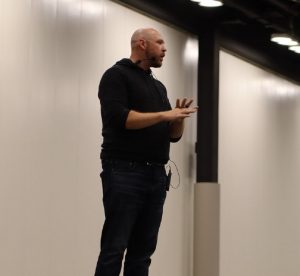
Much of the work in marching season goes on behind the scenes, with a lot of it taking place during the months preceding the start of the season. Once the show is completed and your students are performing, make sure that you enjoy the fruits of your labor!
As music educators, we are wired to seek growth opportunities. We can get lost in the pursuit of excellence or in chasing every “tenth” on a score sheet. Don’t forget that you are delivering a positive and life-changing experience to your students by offering them the chance to perform in the beautiful world of the marching arts!
Remember, good show design is an asset to any band program, but no amount of good design choices can replace quality instruction. Take care of your students (from design to performance) and they will take care of you!











